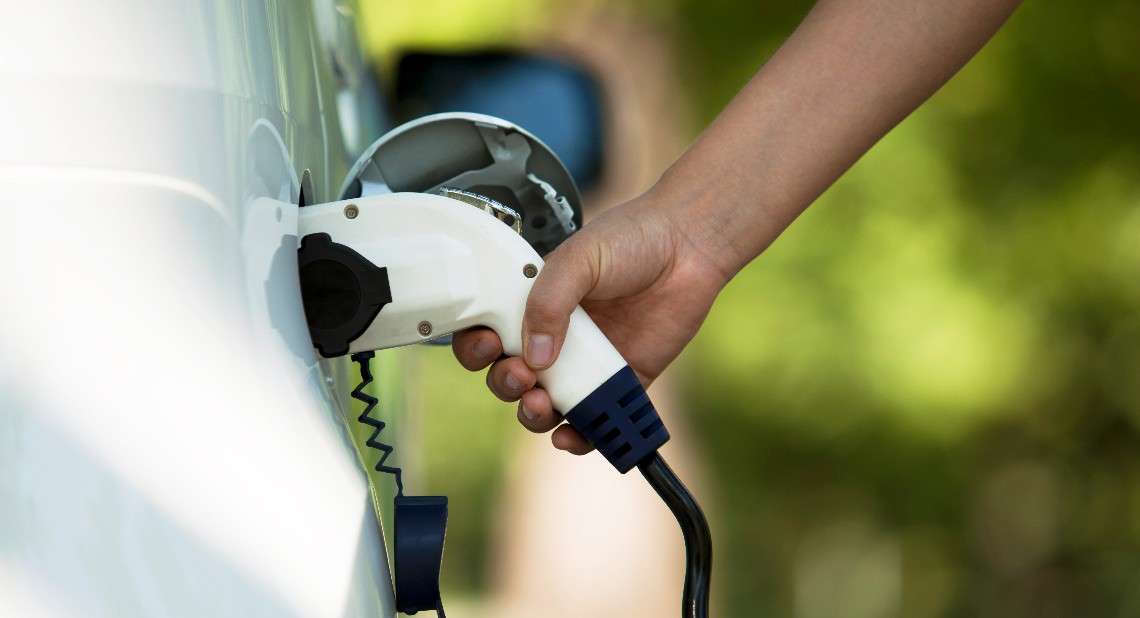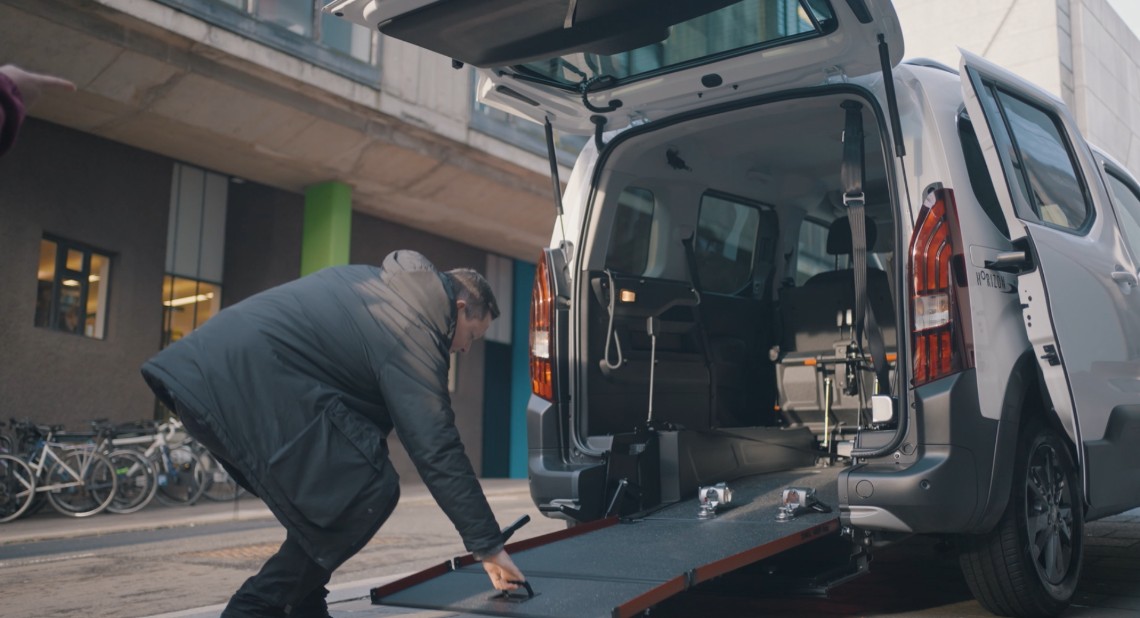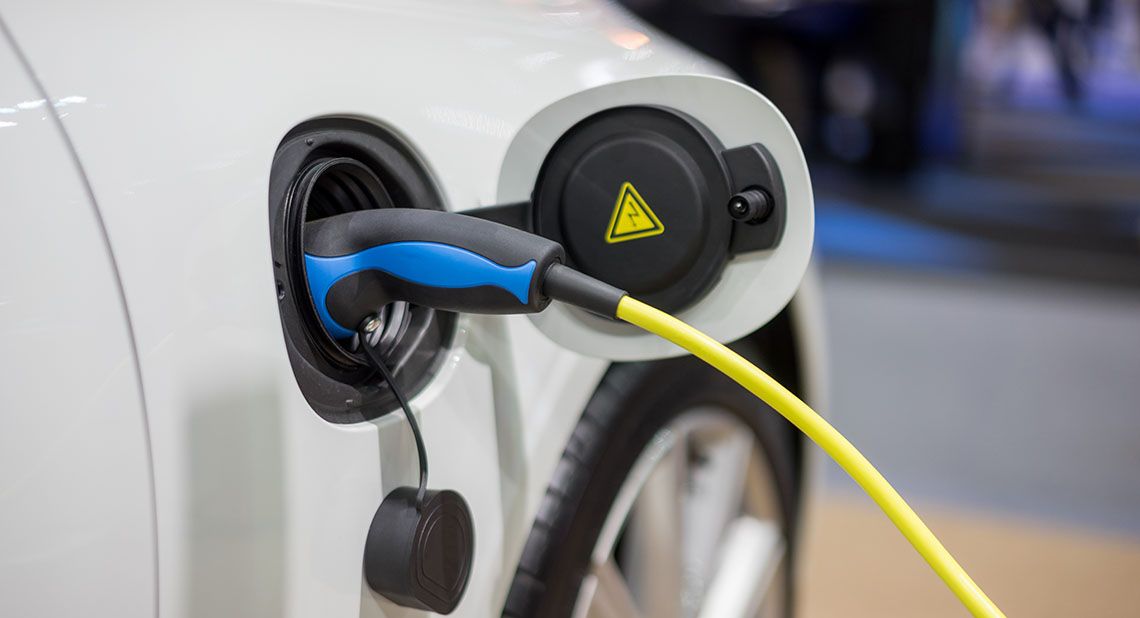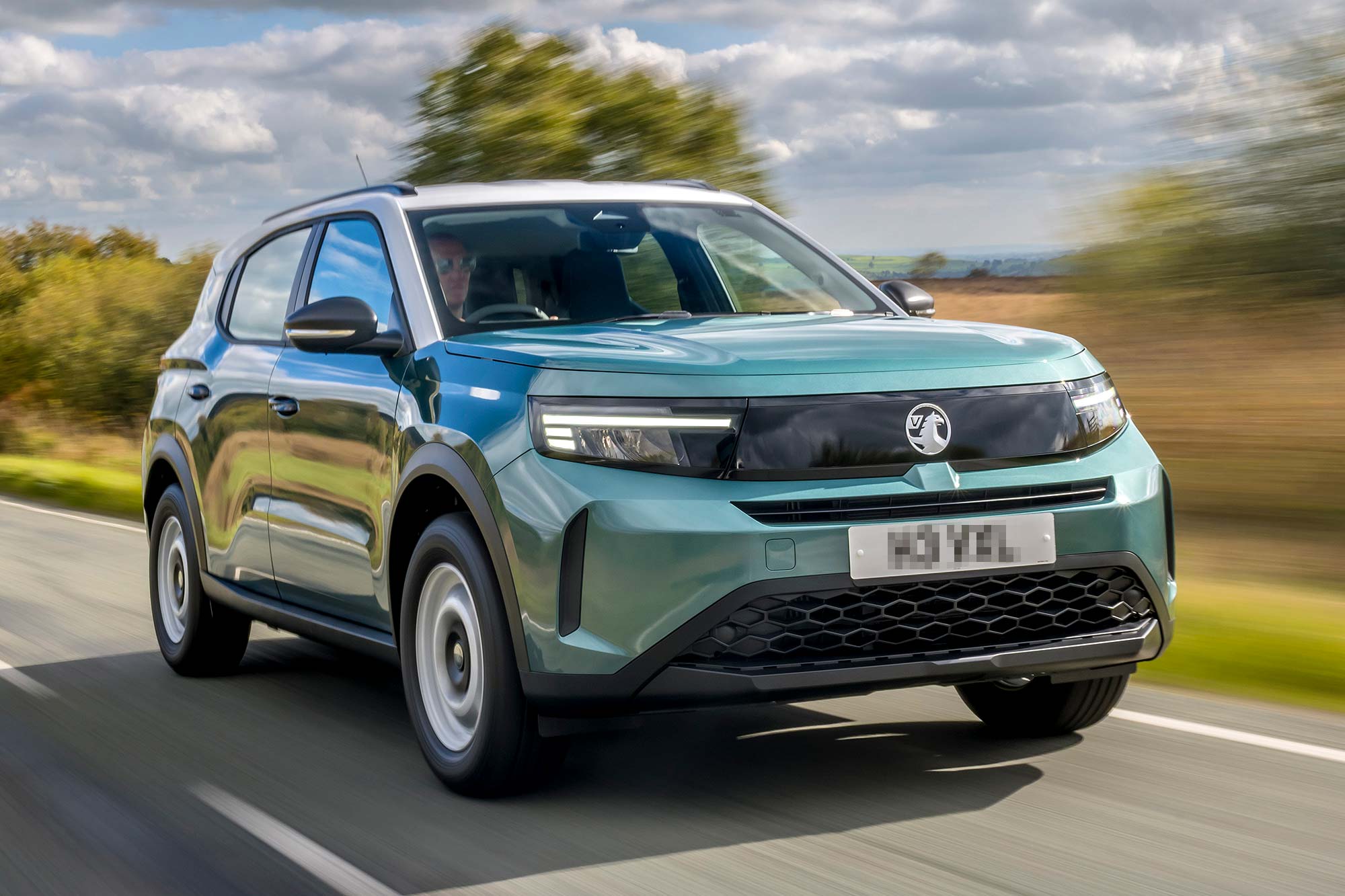Electric vehicles are becoming a more popular choice for drivers, and the UK’s public charging network is growing rapidly as a result. Find out how Motability, the charity, are helping to ensure that the chargepoints being built are fully accessible for disabled motorists.
Interest in electric cars has grown significantly over the past few years, thanks in part to the Government’s ban on petrol and diesel car sales by 2030. In order to support the switch to electric, the UK’s public charging infrastructure has been growing rapidly.
However, it is important that no one is left behind in the switch to electric – particularly disabled people or those with specific accessibility requirements.
That is why Motability, the charity, have worked with the UK Government Office for Zero Emission Vehicles (OZEV) to sponsor a new accessibility standard for public EV chargepoints, developed by the British Standards Institute (BSI).
As a Publicly Available Specification (PAS), it will be the first standard of its kind to set out what is needed for public charging to be inclusive to everyone – helping to ensure that people with limited mobility, neurodiverse conditions and other accessibility requirements are being considered. It sets out the minimum accessibility requirements for EV chargepoints, and also includes settings where more enhanced accessibility measures can be used.
Motability’s research into disabled drivers’ requirements
Motability carried out extensive research with disabled people in order to understand what their EV chargepoint experience is like. Their findings have been used as the basis for the BSI’s Standard, which covers all aspects of the charging experience. These include:
- The physical environment surrounding the charging unit (e.g. kerb height, ground type, etc.)
- The location, placement and spacing of charging units, with relation to other objects (e.g. distance from parking bays, adequate space surrounding the charging unit, etc.)
- The design of the charging unit itself (e.g. its height, weight, ease of use, accessibility of information, etc.)
This standard outlines what is required in order for EV chargepoints to be fully accessible for disabled drivers, passengers and pedestrians.
The standard, named PAS 1899:2022: Electric vehicles – Accessible charging – Specification, is available to view on the BSI website here:
Motability also formed a partnership with Designability, a charity that enables disabled people to live with greater independence. Motability provided them with grant funding to produce freely available design guidance for providers of public electric vehicle (EV) charge point infrastructure, to ensure accessibility for all users.
The design guide can be viewed here
The importance of accessible EV charging
There are an estimated 14 million disabled people in the UK, and in ten years’ time there are predicted to be 2.7 million disabled drivers. Given that all new cars sold in the UK will soon be electric, it is essential that people are supported with charging infrastructure that meets everyone’s needs.
Scott Steedman, director-general, Standards at BSI, said:
“This new standard will help ensure that charging point providers and procurers can anticipate and remove any obstacles that could prevent a user from making full and independent use of the charging point.
“No-one should be left behind as we transition towards a net-zero economy, and by ensuring that as many people as possible can make use of electric vehicles, we increase the UK’s chances of reaching ambitious net-zero goals as well as ensuring that the transition is one that is just and inclusive.
“Throughout this transition, BSI will continue to convene industry, government, research groups, and consumers to create positive change for society.”
Transport Minister Lucy Frazer said:
“We want everyone to be able to make the switch to electric vehicles as we look to make transport cleaner and meet our climate targets. That means all drivers need to be able to easily find public chargepoints which are at an accessible height and have adequate space for disabled users.
“This new Government-backed standard will help the industry to create and install chargepoints that everyone can use easily, making the experience better and fairer for disabled people across the UK.”
Barry Le Grys MBE, Chief Executive Officer at Motability said:
“We are proud to have co-sponsored this world-leading accessibility standard. Motability’s research has shown that half of disabled people will be reliant on public EV charging by 2035, yet they face a host of problems using existing public charging infrastructure. If this does not change, there is a real risk that disabled people will be left behind in the UK’s transition to electric vehicles.
“This standard will aid providers in developing new infrastructure at pace which is fit for the future. Going forward we are keen to explore ways to ensure compliance with the new standard so that electric vehicle charging can be truly accessible for all.”
Related articles
All about electric cars: information and drivers’ guide
The 2030 fossil fuel car ban and what it means
How green are electric cars? Environmental impacts explained
![]()








